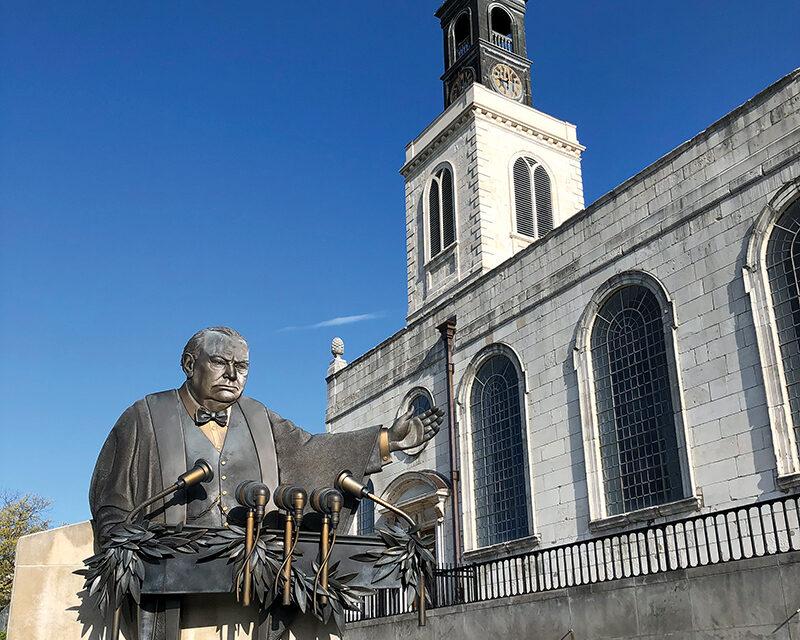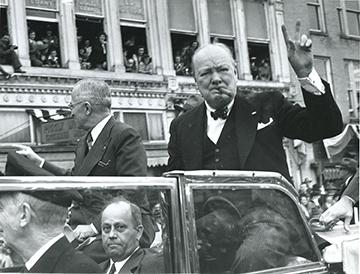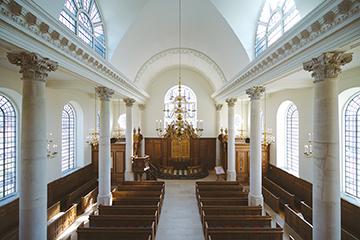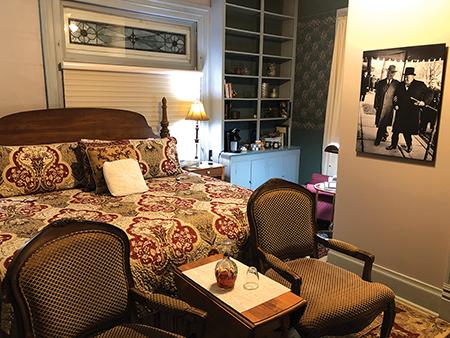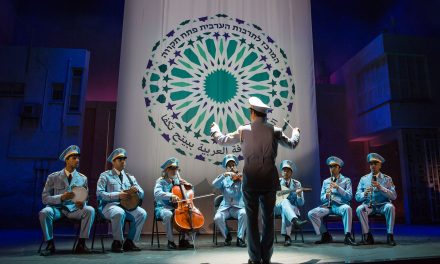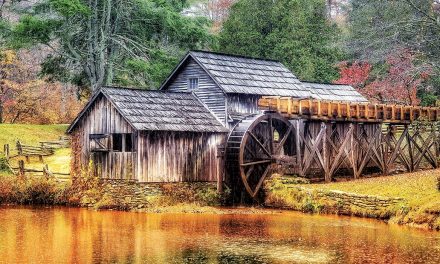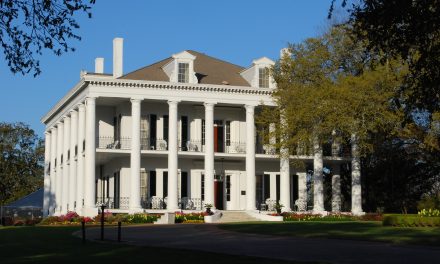USA
America’s National Churchill Museum, Fulton, Missouri
by Randy Mink
A historic speech given 77 years ago by one of the 20th century’s greatest statesmen fuels the tourism machine today in little Fulton, Missouri.
It was in the gymnasium of Westminster College where the term “Iron Curtain,” coined in an address by Sir Winston Churchill, became part of the geopolitical lexicon for two generations that lived through the Cold War.
Visitors to America’s National Churchill Museum, on the Westminster campus, learn about the March day in 1946 when the ex-British prime minister and U.S. President Harry Truman, a Missourian, came to town. Museum-goers also get glimpses into Churchill’s long career of public service, including his heroic leadership during the darkest days of World War II.
Black-and-white newsreel footage shows a snippet of the “Iron Curtain” speech and scenes of townspeople who lined the streets to see Churchill and Truman motor by. Churchill’s 50-minute oration called on the West to confront the expanding “Soviet sphere” in Eastern Europe.
Uttered with a dramatic gesture, the evocative phrase “From Stettin in the Baltic, to Trieste in the Adriatic, an iron curtain has descended across the continent…” effectively marked the beginning of the Cold War.
At the time, less than a year after WWII ended, Churchill’s party had been voted out, so the cigar-chomping leader had lost his job. “He was somewhat shocked, despondent and depressed,” explains museum director Tim Riley. Having been shunted to the sidelines, Churchill was eager to re-establish his pre-eminence on the global stage.
Museum exhibits start with a timeline tracing Churchill’s life from his 1874 birth into an aristocratic family residing amid lordly trappings at Blenheim Palace. Film clips, such as those showing the rise of Hitler and London under siege during the war, also tell the tale. Visitors discover that the multi-faceted Churchill was an avid painter and wrote many books, winning the Nobel Prize in Literature in 1953.
Atop the museum sits the Christopher Wren-designed Church of St. Mary the Virgin, Aldermanbury, which once stood in London. Bombed by the Germans in 1940, it lay in ruins for 20 years. The congregation could not afford to rebuild the 17th century church, so, starting in 1961, it was dismantled and shipped to Fulton, where the reassembled church and museum were dedicated in 1969. The church is used for concerts, weddings and special services. On the grounds is Breakthrough, a monumental outdoor sculpture crafted by Churchill’s granddaughter, artist Edwina Sandys, from sections of the Berlin Wall.
Anglophiles also get their fix at the Loganberry Inn, a themed B&B just down the street. Memorabilia there recalls the 1996 visit of former British Prime Minister Margaret Thatcher, who spoke at Westminster College. Occupants of the Winston Churchill bedroom, decorated with archival photos, can take after the charismatic politician by imbibing from the decanter of brandy (sorry, no cigars). On the bookshelf are titles like “The Wit and Wisdom of Winston Churchill.”
Fulton is 100 miles west of St. Louis and 150 miles east of Kansas City.
www.visitfulton.com

